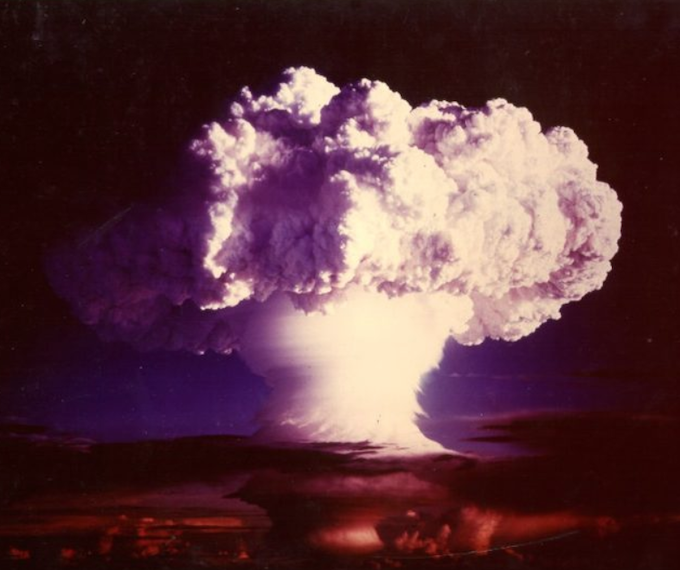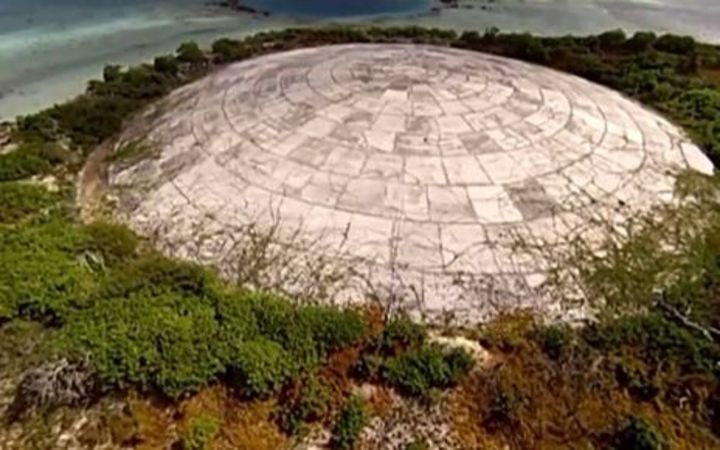
Three members of the United States Congress have introduced a resolution to recognise the legacy of US nuclear testing in the Marshall Islands.
Congresswoman Katie Porter along with Senators Mazie Hirono and Ed Markey brought in the resolution to coincide with Nuclear Victims Remembrance Day on March 1.
On 1 March 1954, the US exploded the biggest of its dozens of nuclear tests in the Marshall Islands, a country that is still measuring the impacts.
Congresswoman Porter, who is from California’s Orange County said it was “fortunate to be enriched by one of the oldest Marshallese American communities, but the reason the Marshallese came to the United States remains one of the darkest chapters in our history”.
She said: “Our government used the Marshallese as guinea pigs to study the effects of radiation and turned ancestral islands into dumping grounds for nuclear waste.
“By finally taking responsibility for the harm we caused, the United States can send a powerful signal in the region and around the world that we honor our responsibilities and are committed to the Indo-Pacific region,” Congresswoman Porter said.
The United States conducted 67 atmospheric nuclear weapons tests in the Marshall Islands from 1946 to 1958 while the US was responsible for the welfare of the Marshallese people.
Most powerful test
These tests had an explosive yield equivalent to roughly 1.7 Hiroshima-sized bombs every day for 12 years.
The most powerful test took place on 1 March 1954, when the United States detonated a hydrogen bomb over Bikini Atoll. The damage and displacement from these tests in part drove Marshallese migration to the United States, including to Orange County.

The United States is currently negotiating to extend its Compacts of Free Association with the Republic of the Marshall Islands, as well as the Republic of Palau and the Federated States of Micronesia.
These agreements give the United States control over an area of the Pacific Ocean the size of the continental United States, stretching from Hawaii to the Philippines, in exchange for modest economic assistance and access to certain federal programmes.
Senator Hirono from Hawai’i said: “The United States’ nuclear testing programme in the Pacific led to long-lasting harms to the people of the Marshall Islands.”
Bikinians in the Marshall Islands being evacuated from their home island after nuclear testing in the area by the United States. Photo: US Navy
Senator Markey said “a formal apology is long overdue to the Republic of the Marshall Islands for the harmful legacy of U.S. nuclear testing.”
He said,”the resolution calls on the United States to prioritize nuclear justice in its negotiations with the Marshall Islands on an extended Compact of Free Association and to help Marshallese battle the existential threat of the climate crisis.”
This article is republished under a community partnership agreement with RNZ.










































